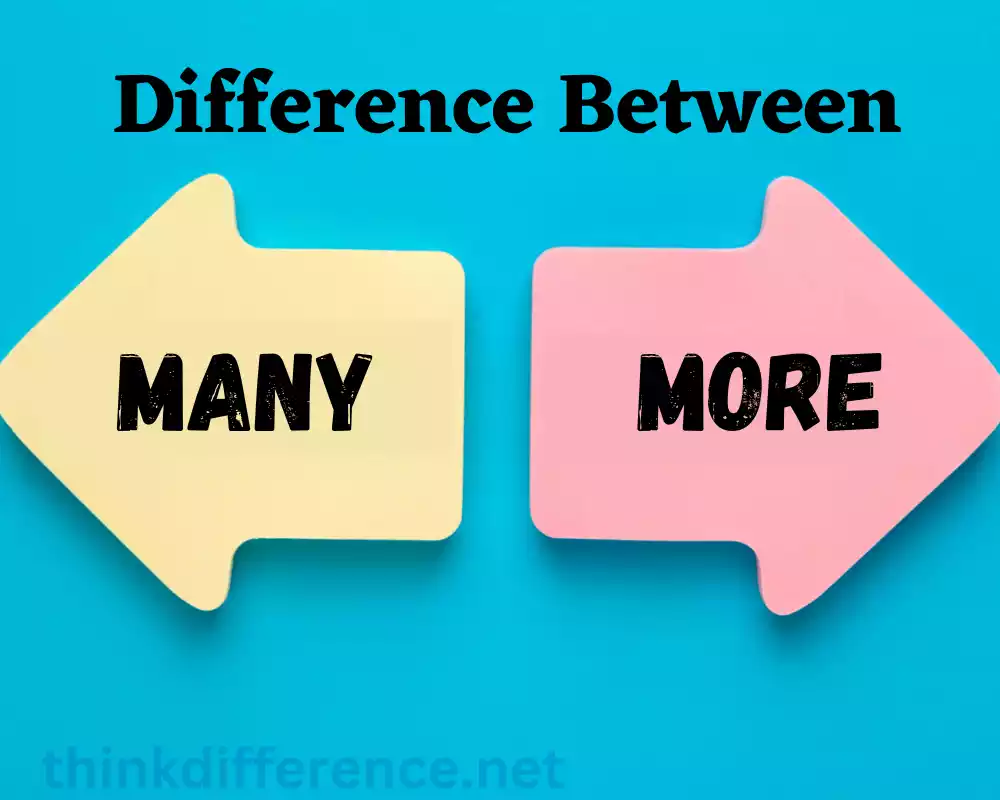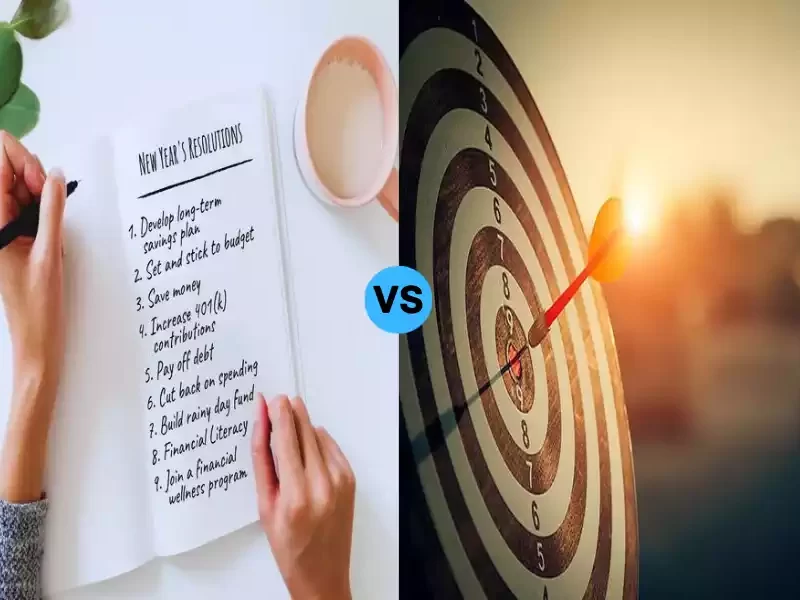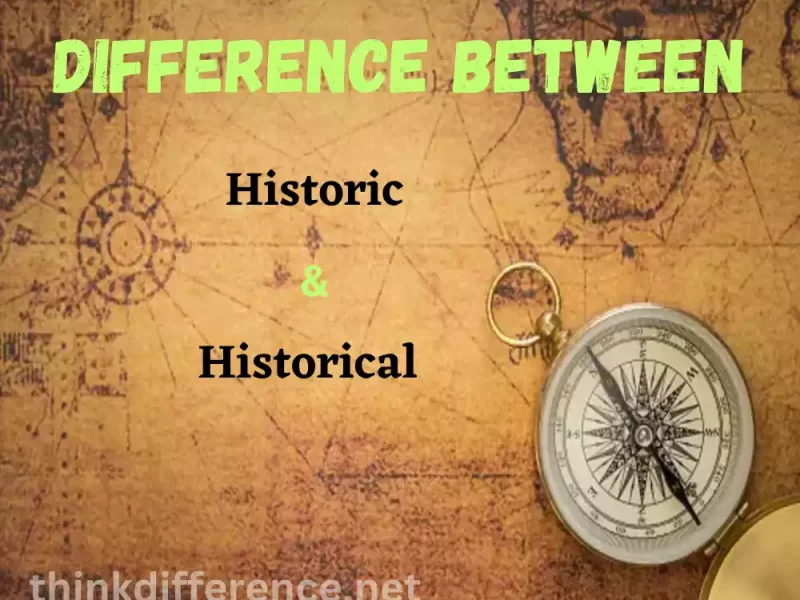Definition of Many and More
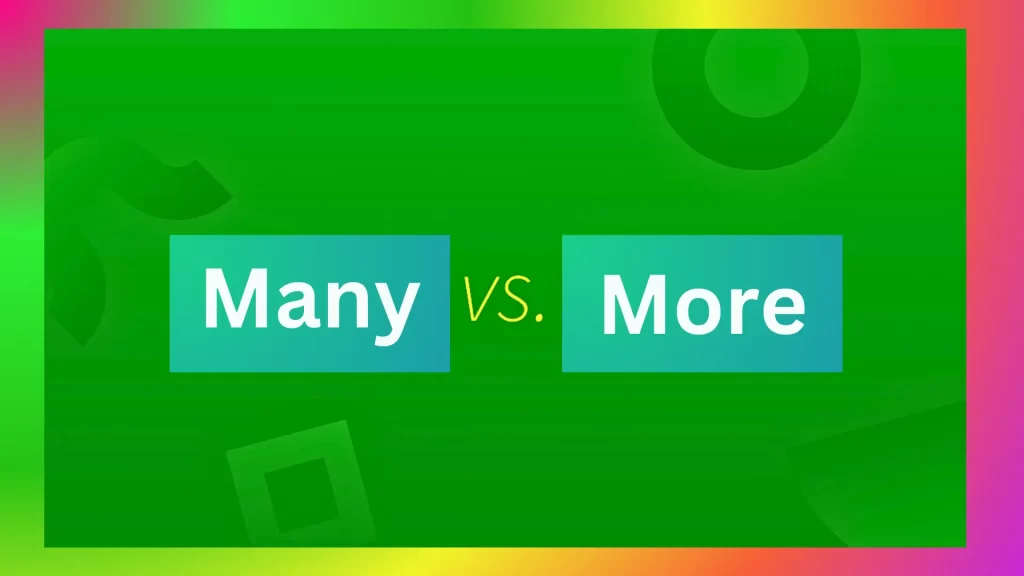
Many: Many is an adjective which denotes an overwhelming or significant quantity or amount. It refers to something or people in large amounts. Many is often employed when discussing countable nouns such as books and students and highlights the variety involved with topics like these; “Many” can even serve as a pronoun when replacing nouns such as when saying: “I have many” instead of: “I own many”. Additionally, its primary use refers to plural nouns but can also refer to non-countable nouns which refers an unknown quantity such as: water” or happiness.”
More: More is both a noun and adjective used to indicate an increase or addition to something existing or discussed at present. More can refer to either more quantity, degree, or size compared with what already exists or has been discussed. Alternatively refers to something being added onto existing conditions or quantities in their present states or quantities.
“More” can refer to countable or uncountable words such as books or water. When used to compare two numbers, “more” often denotes which exceeds which. “She owns more books than him” indicates the higher amount she owns than he owns. Additionally, “more” can also serve as a pronoun when used instead of specific nouns – for instance: “I want more” rather than “I need more books”. Finally, more can also be used as noun in certain instances to indicate an increased quantity such as: “Give me some extra.”
Importance of understanding the difference between Many and More
Understanding the difference between “many” and “more” is integral for effective communication and precise expression.
Here are a few reasons to know their meanings:
- Clarity of Meaning: Using the appropriate term ensures that your intended message is clear and easily understood by others. “Many” and “more” convey different shades of meaning and can impact the comprehension of your statement or description.
- Grammar and Sentence Structure: The correct usage of “many” and “more” is essential for constructing grammatically correct sentences. Proper grammar enhances the quality of your communication and avoids confusion or ambiguity.
- Precision in Quantification: “Many” emphasizes a large number or quantity of something, whereas “more” indicates an increase or comparison in quantity. Understanding the distinction allows you to precisely quantify and convey the specific magnitude or degree of something.
- Effective Comparisons: The correct use of “many” and “more” is crucial when making comparisons. Using the appropriate term enables you to express whether one quantity is larger than another or if there is an incremental increase.
- Nuance and Connotation: “Many” and “more” carry distinct connotations and nuances. Understanding these nuances allows you to select the appropriate term to convey the desired meaning and evoke the intended emotional or descriptive effect.
- Avoiding Errors and Misinterpretation: Incorrect usage of “many” and “more” can lead to misunderstandings or misinterpretations. By understanding the difference, you can avoid common mistakes and ensure your message is accurately conveyed.
- Enhancing Language Skills: Developing a strong command of vocabulary and usage increases your language proficiency. Mastering the nuances between “many” and “more” contributes to your overall language skills and facilitates effective communication in various contexts.
Understanding the difference between “many” and “more” is essential for clear communication, grammatical accuracy, precision in quantification, effective comparisons, and language proficiency. It enables you to express your ideas accurately and avoid misunderstandings or confusion in your communication.
Understanding “Many”
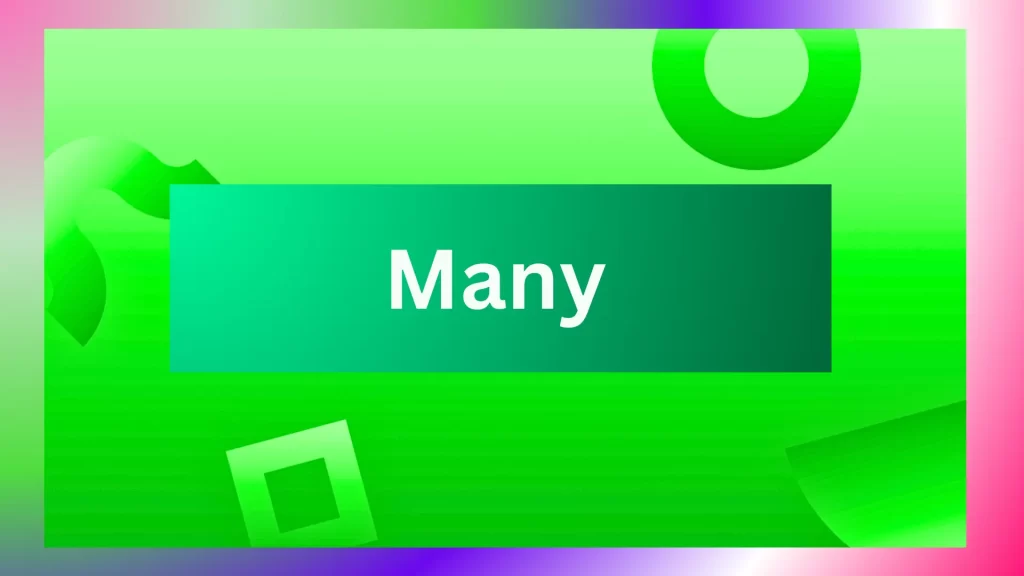
Knowing what “many” means can help you accurately describe and quantify a vast number of objects, people or concepts.
Here are a few key concepts to help you comprehend its definition and usage:
-
- Large Quantity: “Many” is used to indicate a significant or substantial number or quantity. It suggests an abundance or a multitude of something. For example, “There are many books on the shelf” implies that there is a large number of books present.
- Countable Nouns: “Many” refers to multiple entities or people; such as books, students or houses which can easily be counted or quantified or enumerated e.g. “books”, “students” or houses”. This term highlights multiple individuals or entities as opposed to singular ones.
- Plural Agreement: When using “many,” the noun it modifies usually takes a plural form. For instance, “There are many cars” or “Many birds were flying in the sky.”
- Indefinite Quantity: “Many” can also be used with uncountable nouns, although less commonly, to indicate an unspecified or large quantity. For example, “There is so much happiness, there are many joys in life.”
- Contextual Usage: The context in which “many” is used can affect its meaning and impact. It may imply a sense of variety, diversity, or even overwhelm depending on the subject matter and the speaker’s intention.
- Comparison: “Many” can be used comparatively to compare quantities. “She owns many more books than him” indicates that her book collection far outstrips his.
- Pronominal Use: “Many” can also function as a pronoun, replacing a specific noun. Instead of saying there are numerous books, one might try rephrasing their statement to include “many books”, with many serving as an adjective substitute to book(s).
Understanding the nuances and usage of “many” allows you to accurately describe and quantify large quantities or numbers. It helps you convey the idea of abundance, diversity or overwhelm, depending on the context. Using “many” appropriately in your communication enhances clarity and ensures effective expression.
Understanding “More”
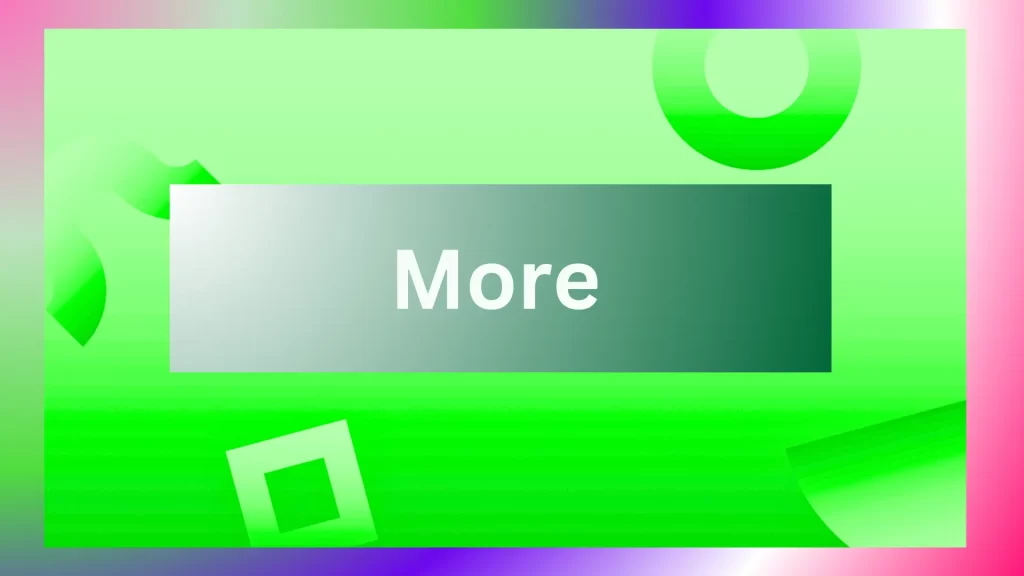
Understanding the concept of “more” is important for effectively expressing an increase or comparison in quantity, degree or amount.
Here are key points to help you grasp the meaning and usage of “more”:
-
- Increase or Addition: “More” indicates a greater amount, degree or quantity in comparison to what already exists or has been mentioned. It implies an increment or additional quantity or quality. “I want more ice cream” represents the desire to acquire greater quantities.
- Uncountable and Countable Nouns: “More” can be applied to countable as well as noncountable nouns, with countable nouns emphasizing greater amounts such as books or apples. Noncountable words indicate larger volumes such as water or information, for instance.
- Comparative Usage: “More” is often used in comparative structures to indicate that one quantity or quality exceeds another. For example, “He has more money than his friend” suggests that his friend possesses a lesser amount of money in comparison.
- Contextual Usage: The context in which “more” is used can influence its meaning and impact. It may suggest a progression, growth or enhancement depending on the subject matter and the intended message.
- Adjective and Adverb Use: “More” can function as both an adjective and an adverb. As an adjective, it modifies a noun, as in “more books.” As an adverb, it modifies a verb, adjective or another adverb, as in “run more quickly” or “more brightly.”
- Comparing with “Than”: When making comparisons using “more,” the comparative structure typically includes the word “than” to indicate the reference point. For example, “She is more intelligent than her sister” implies that her level of intelligence surpasses her sister’s.
- Connotations of Increase: “More” often carries connotations of growth, advancement or a higher level. It suggests a progression towards a greater quantity, quality or degree.
Understanding the nuances and usage of “more” enables you to express increases, comparisons or enhancements in your communication accurately. It helps you convey the idea of greater quantity or degree and allows for effective expression of progression or growth. Using “more” appropriately enhances clarity and ensures effective communication.
Differences of Many and More
“Many” and “more” may seem similar terms for quantity or numbers. There are significant distinctions between them that differentiate them significantly.
Here are their major characteristics:
- Nature of Quantity:
- “Many” emphasizes a large or significant number or quantity of something. It suggests abundance and a multitude of items.
- “More” indicates an increase or addition to an existing quantity or number. It implies a comparison or a progression towards a greater amount.
- Noun Type:
- “Many” is typically used with countable nouns, which can be enumerated or quantified, such as “books” or “people.”
- “More” refers to countable as well as noncountable nouns like books and water, making the noun easier for users. This phrase refers to items which count while also including those which cannot be counted like these things do.
- Comparative Usage:
- “Many” is used when comparing the quantity of one group to another group or to a reference point. Example: “There are significantly more students enrolled in my new class compared to what was seen previously.”
- “More” is used when comparing the quantity of one item or group to another item or group. For example, “She has more books than her friend.”
- Singular vs. Plural Agreement:
- “Many” is typically used with plural nouns and takes plural agreement. For example, “There are many books on the shelf.”
- “More” can be used with both singular and plural nouns and takes agreement based on the specific noun it modifies. Example of uncountable noun and countable noun phrases are: I want more water or apples (depending on which you need).
- Connotation:
- “Many” carries connotations of abundance, variety or a large quantity, suggesting a rich or diverse collection.
- “More” carries connotations of progression, growth or an incremental increase, indicating a desire for an increased quantity or degree.
Understanding these differences allows for more precise and accurate communication when describing quantities, making comparisons, or expressing preferences. Proper usage of “many” and “more” ensures clarity and avoids confusion in conveying the intended meaning.
Common Mistakes and Pitfalls
When working with many and more, there are certain common mistakes and traps you should avoid.
Below are a few key examples to keep an eye out for:
- Confusing Usage: One common mistake is using “many” and “more” interchangeably. Remember that “many” emphasizes a large quantity, while “more” indicates an increase or comparison in quantity. Using the wrong term can lead to inaccurate or unclear communication.
- Incorrect Agreement: It’s important to ensure that the noun following “many” or “more” agrees in number. “Many” refers to plural nouns while “more” applies equally well for both plural and singular nouns. Failing to match the noun with the correct form can result in grammatical errors.
- Uncountable Nouns with “Many”: Although “many” is typically employed with countable nouns, it can also be applied to noncountable nouns as an expression for an unknown quantity or amount. This usage is less common and it’s important to use discretion and context when employing “many” with uncountable nouns.
- Lack of Comparison Structure: When using “more” to compare quantities, it’s essential to include the comparative structure with “than.” Forgetting to include “than” can lead to incomplete or confusing comparisons. For example, saying “She has more books him” is incorrect; it should be “She has more books than him.”
- Overuse of “More”: While “more” can be a useful word to express quantity or comparison, it’s important not to rely on it excessively. Using a variety of vocabulary and descriptive phrases can enhance the quality and clarity of your communication.
- Ignoring Context and Nuance: Both “many” and “more” carry connotations and nuances that can impact the intended meaning. It’s crucial to consider the context and select the appropriate term to convey the desired message accurately. Pay attention to the specific quantity or degree you wish to express.
To avoid these common mistakes, it is advisable to practice using “many” and “more” in different sentence structures and contexts. Consulting grammar references and examples can also be helpful in understanding the correct usage and avoiding pitfalls.
Practical Examples
Here are a few examples that demonstrate the use of “many” and “more” in different contexts:
1. “Many” Examples:
-
- There are many books on the shelf.
- She has many friends from different countries.
- We saw many birds flying in the sky.
- There are so many choices available for dinner tonight.
- I have traveled to various nations around the globe.
2. “More” Examples:
-
- To complete my project successfully I require more time.
- Please provide more details of this event?
- Wishes for additional income so he may purchase a vehicle of his own.
- I need to buy more groceries before the weekend.
- Player who scored more points during her game.
3. Comparative Examples:
-
- This class boasts many more students than its predecessor.
- She has more books than her friend.
- I have more experience in this field compared to my colleagues.
- He has more siblings than I do.
- The latest model offers more features and functions than its predecessor.
4. Indefinite Quantity Examples:
-
- There is so much happiness; there are many joys in life.
- Could you please give me more water?
- I want more sugar in my coffee.
- I need more time to think about the offer.
- Still much needs to be completed before this project can reach completion.
These examples illustrate the appropriate usage of “many” and “more” in various contexts, highlighting the differences in their meanings and functions. Practicing with such examples can help you become more familiar with their correct usage in different situations.
Conclusion
Embracing the concept of “many and more” leads to a life filled with abundance and fulfillment. By shifting our mindset, setting clear goals, nurturing relationships, being mindful of our health and finances, and giving back to the community, we can create a life of prosperity and joy. Remember, abundance is not a destination; it is a journey that enriches us every step of the way.

